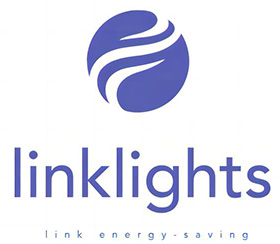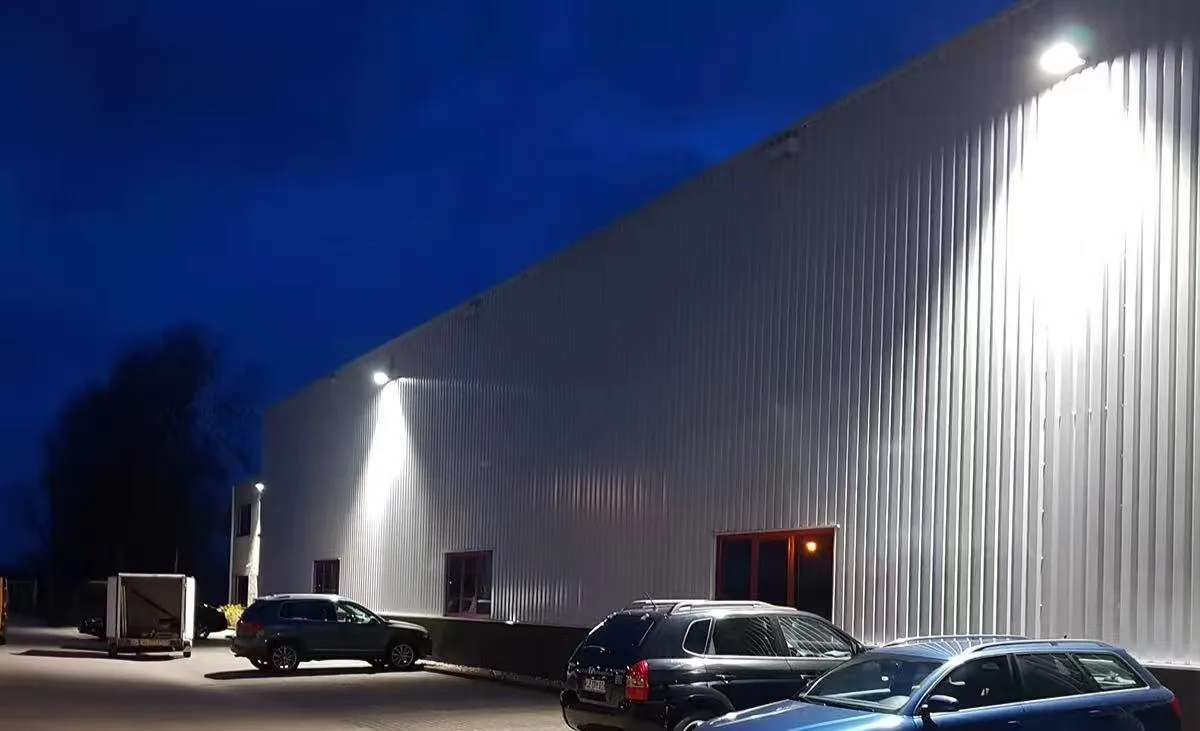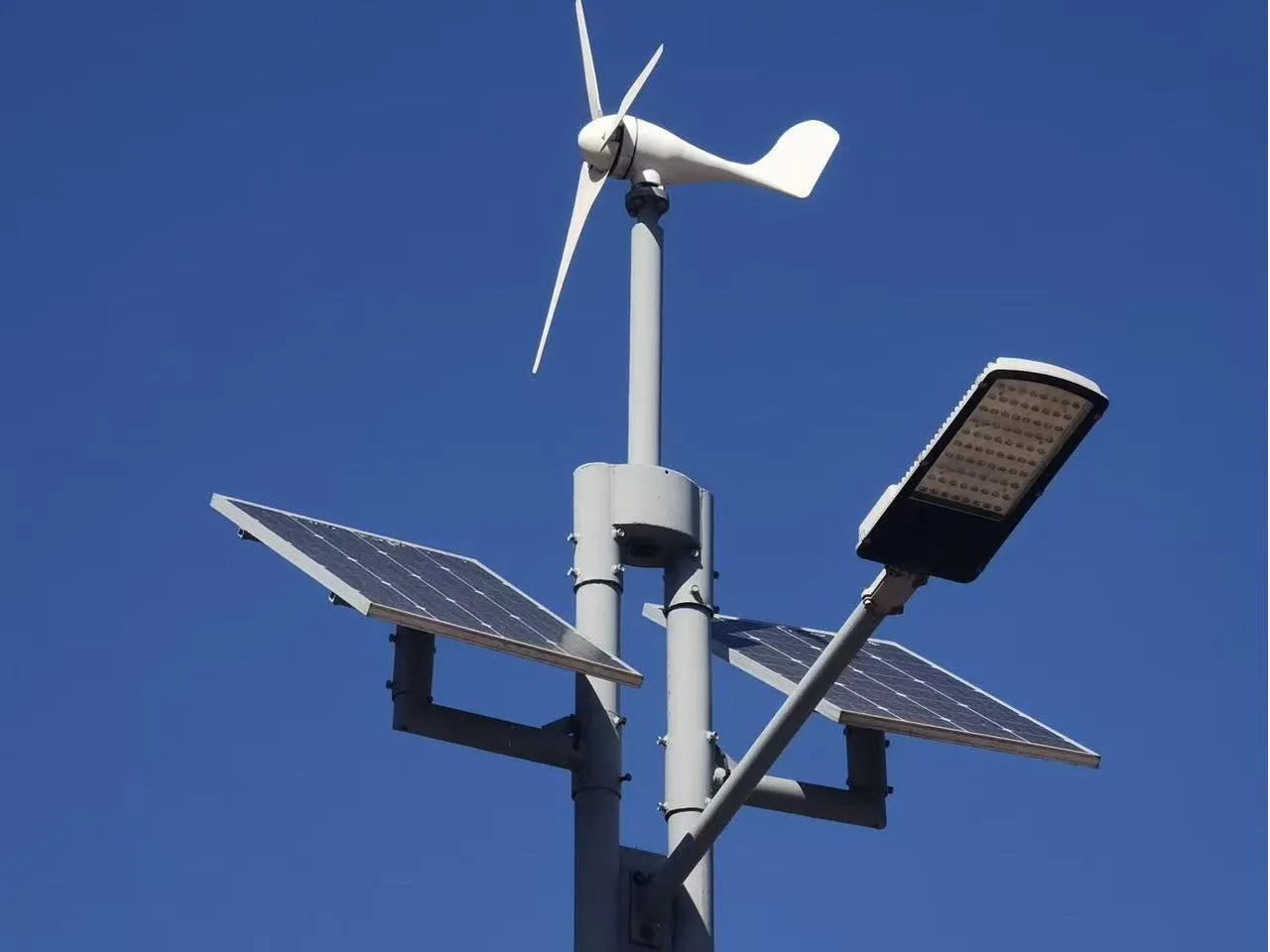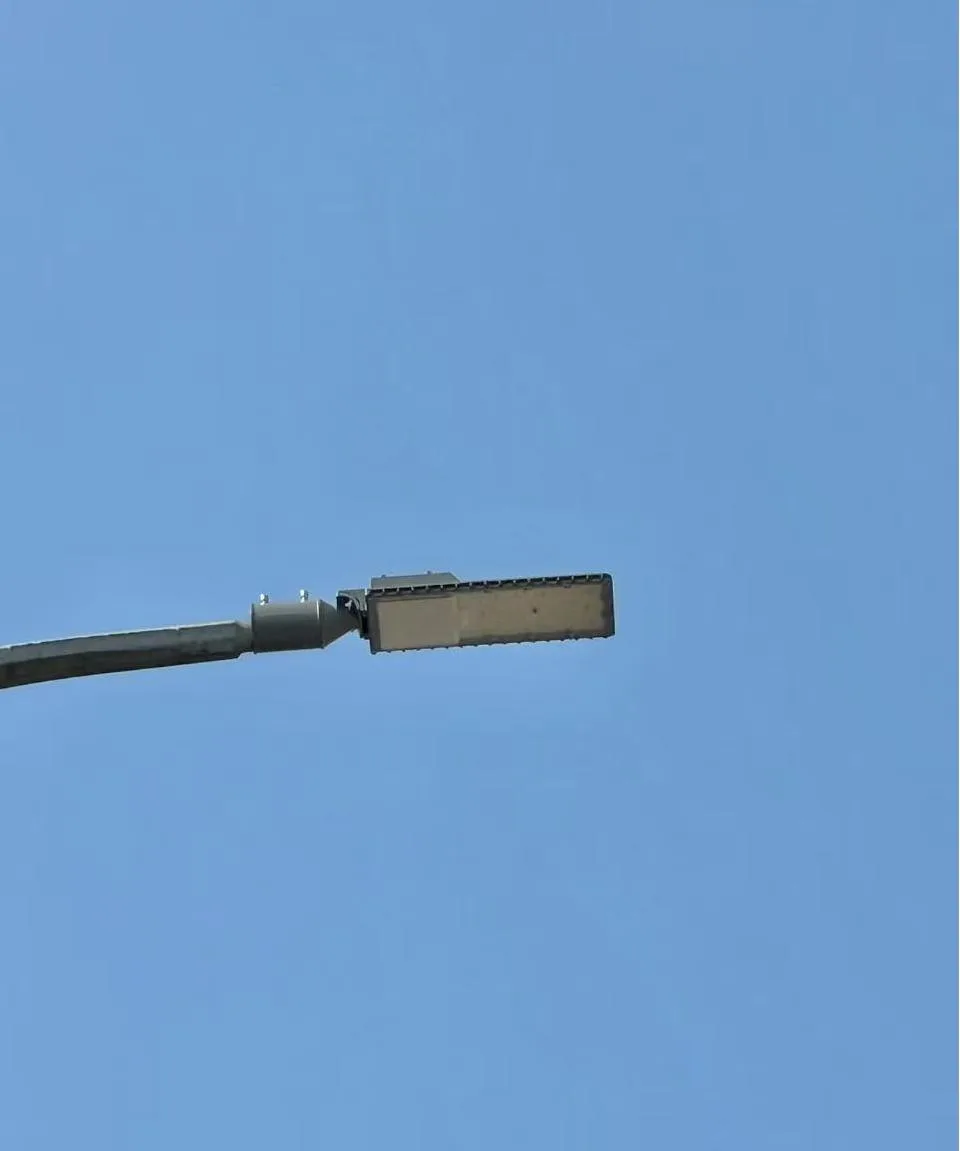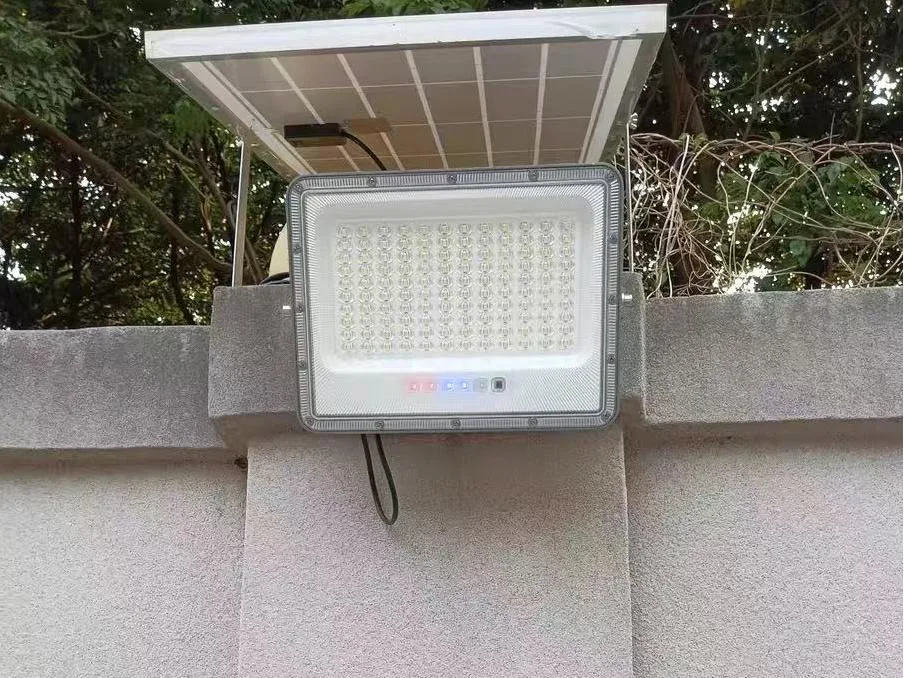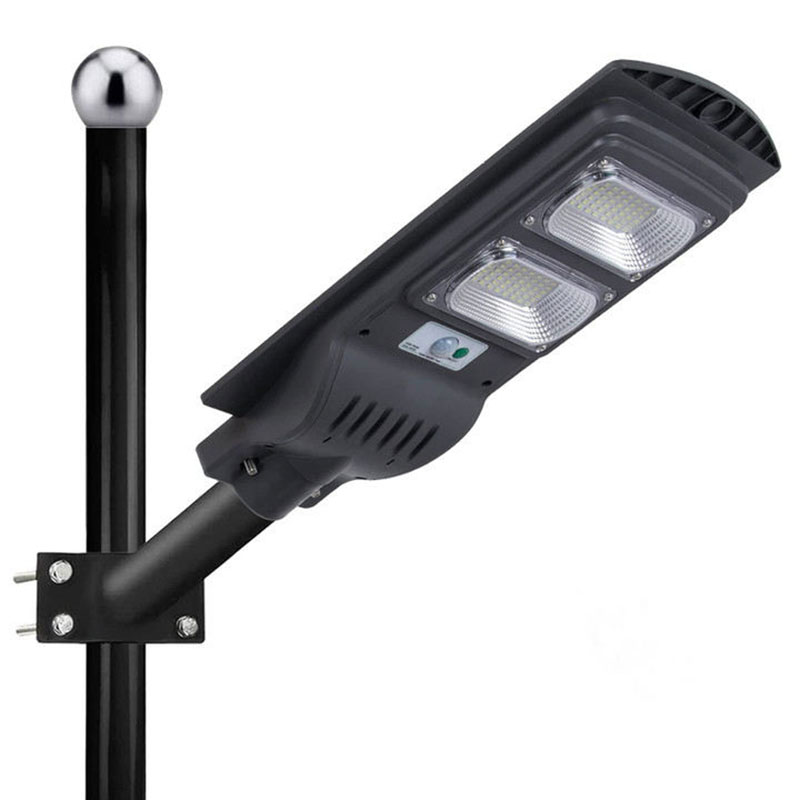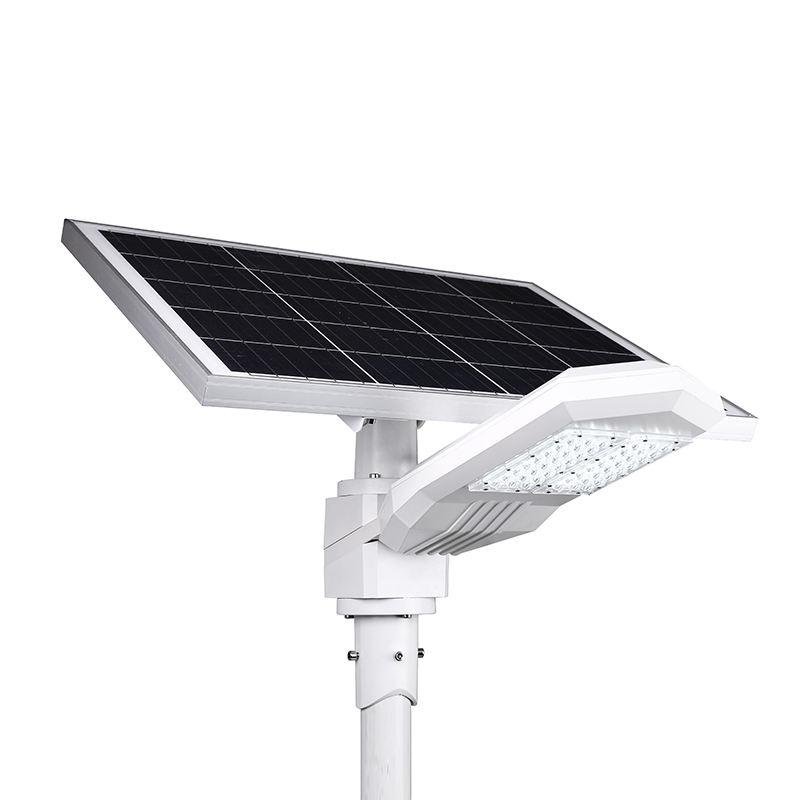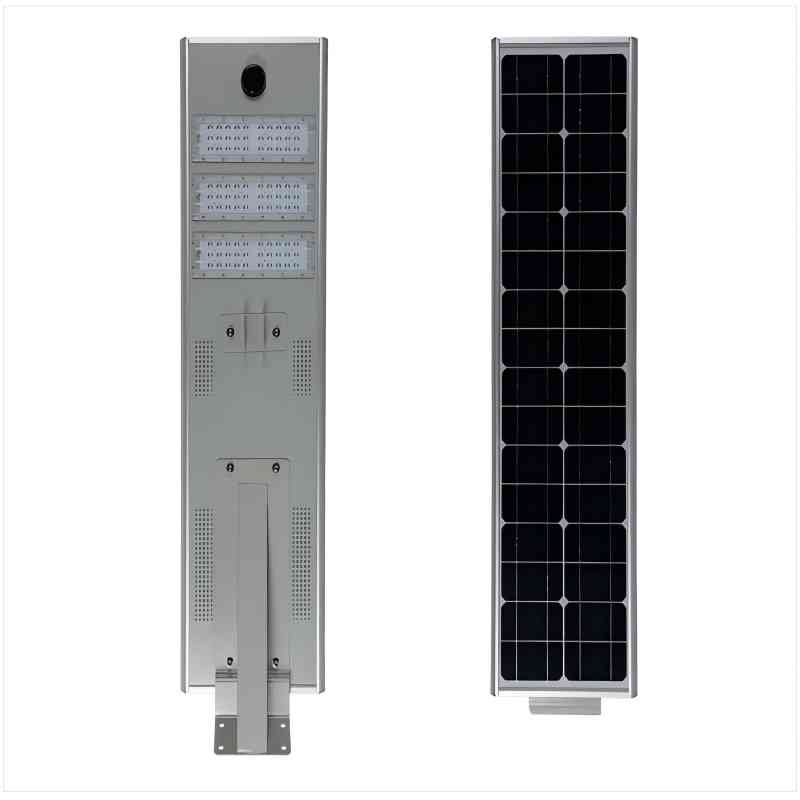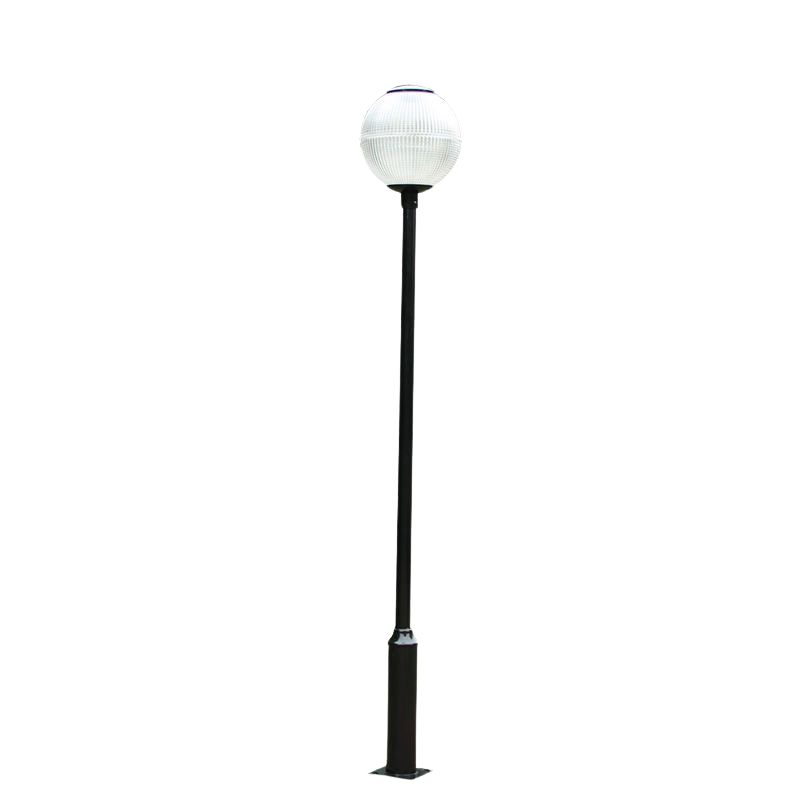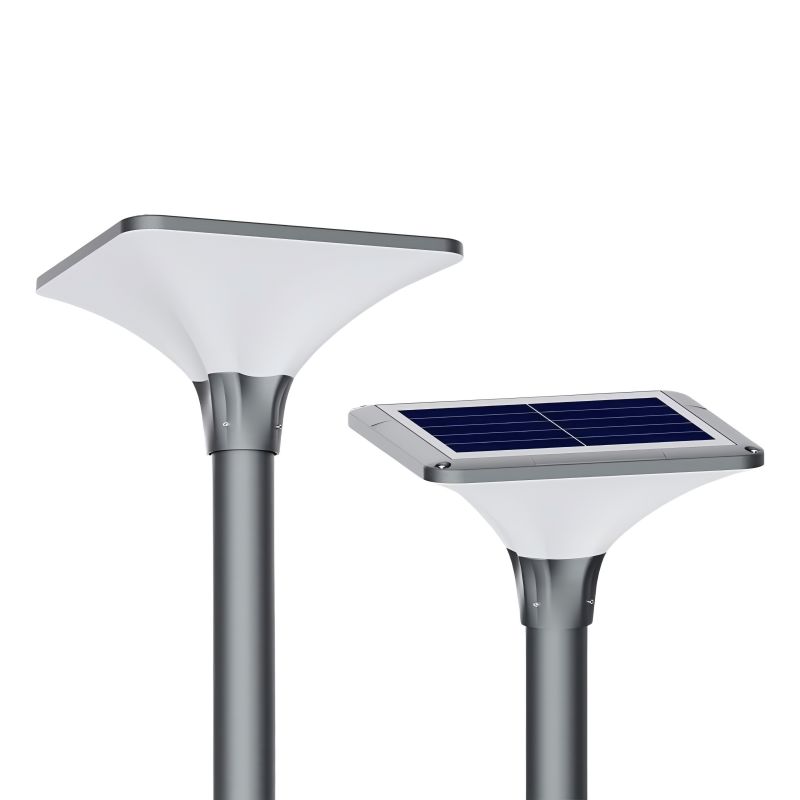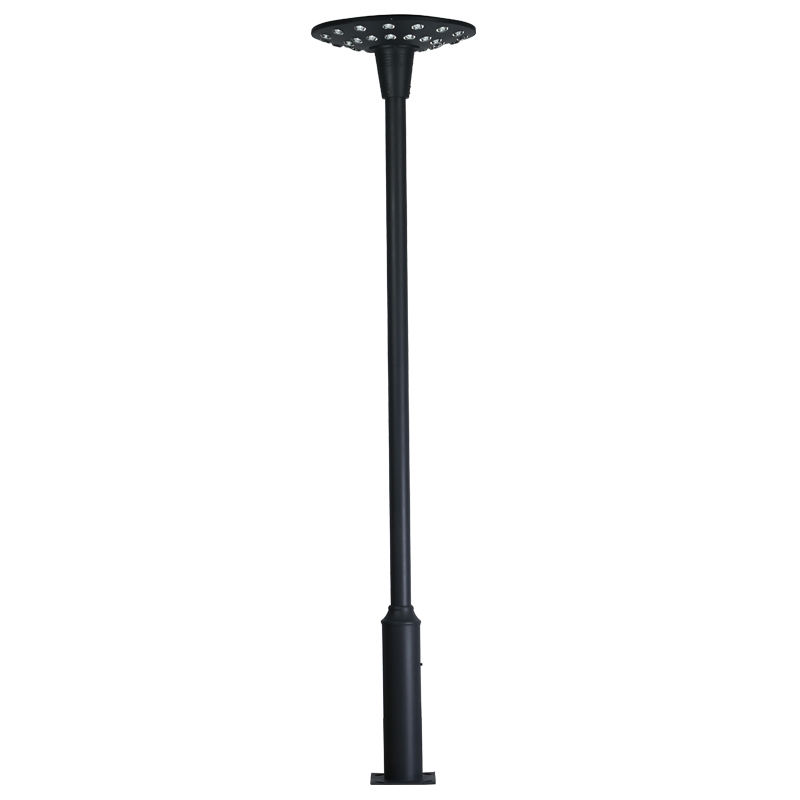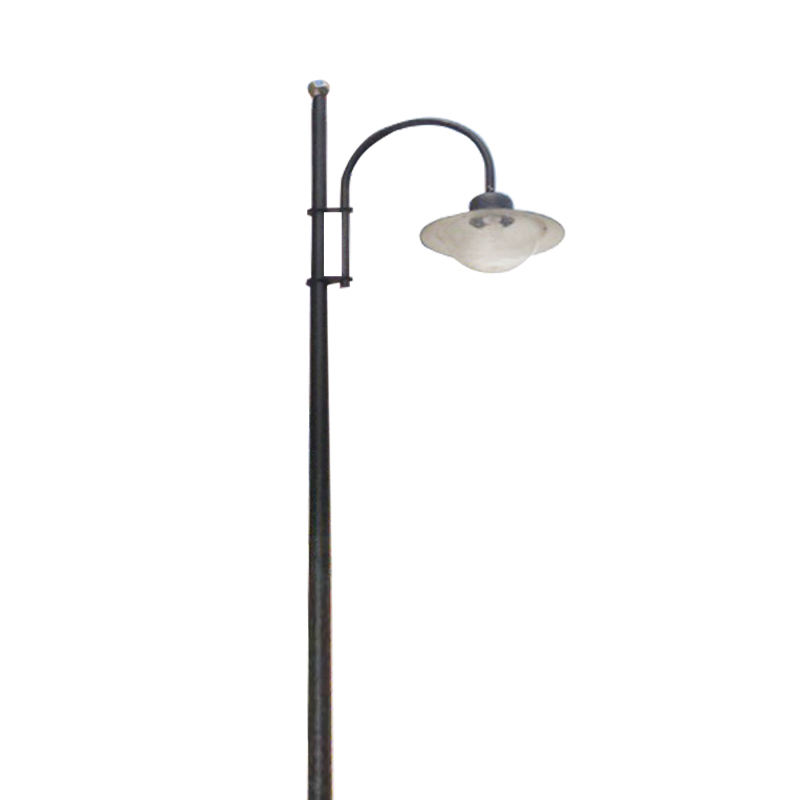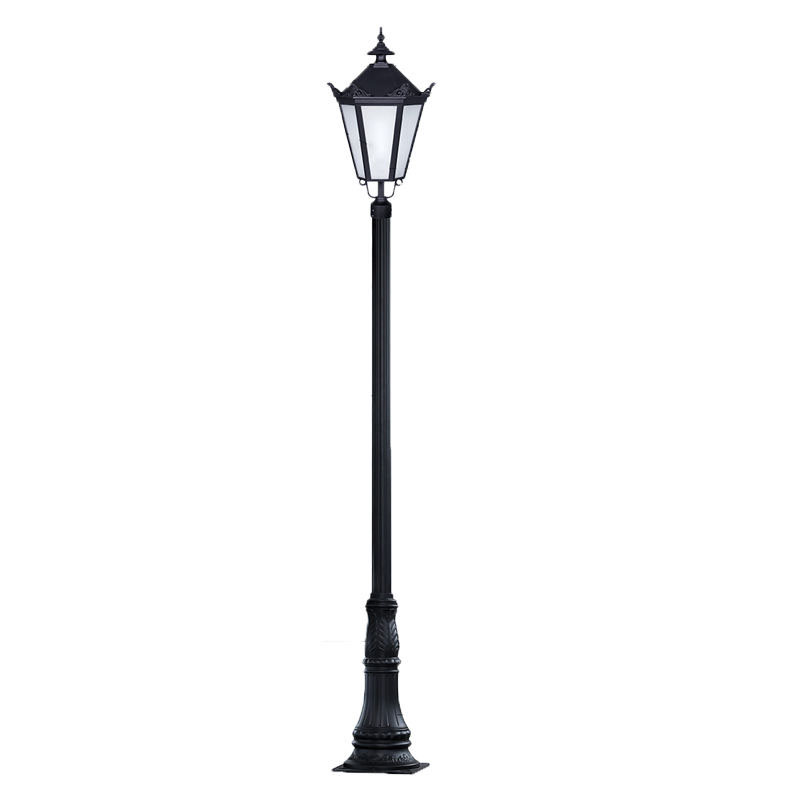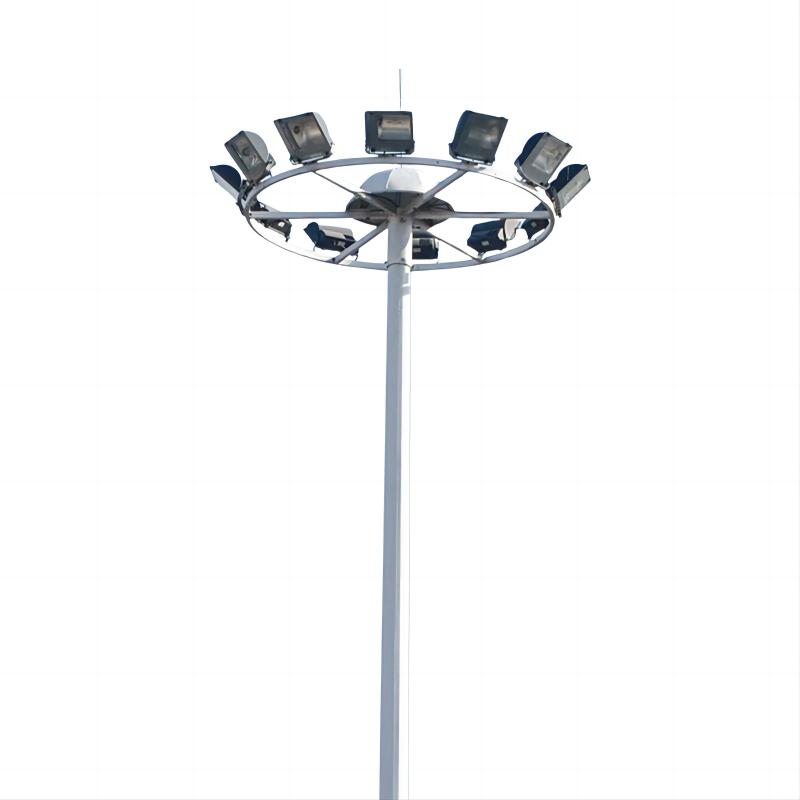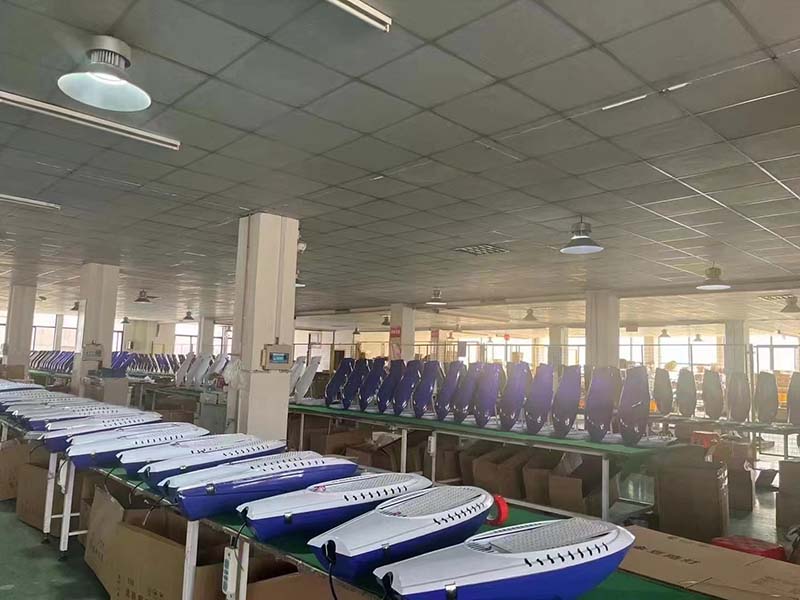Introduction
Led street lighting fixture plays a vital role in ensuring safety, security, and visibility in urban and rural environments. At the heart of any street light system lies the light pole, an essential structure designed to support led street light fixtures and provide adequate illumination for roads, led street light parking lots, public spaces, and sports facilities. This comprehensive guide explores everything you need to know about light poles: their types, materials, installation practices, and the future of street lighting
What Are street light poles?
Light poles are vertical structures designed to hold and position led street lamp fixtures at an optimal height and angle to provide uniform illumination across a designated area. Whether they are installed along highways, pedestrian pathways, or parking lots, light poles must balance durability, aesthetics, and functionality.
What Parts Make Up a street light pole?
The pole street light has several main parts, and each part has its own job. The pole shaft is the main body and decides how tall is a light pole and how strong it is. At the bottom, the pole base plate connects the pole to the ground or a concrete lamp post base, and anchor bolts hold the base plate firmly in place. a luminaire arm sticks out from the pole and holds the street light fixture. For fixing or checking wires, there are handholes with covers. The light fixture, which can be LED, led street light high pressure sodium, or solar-powered, is the main source of light on the pole.
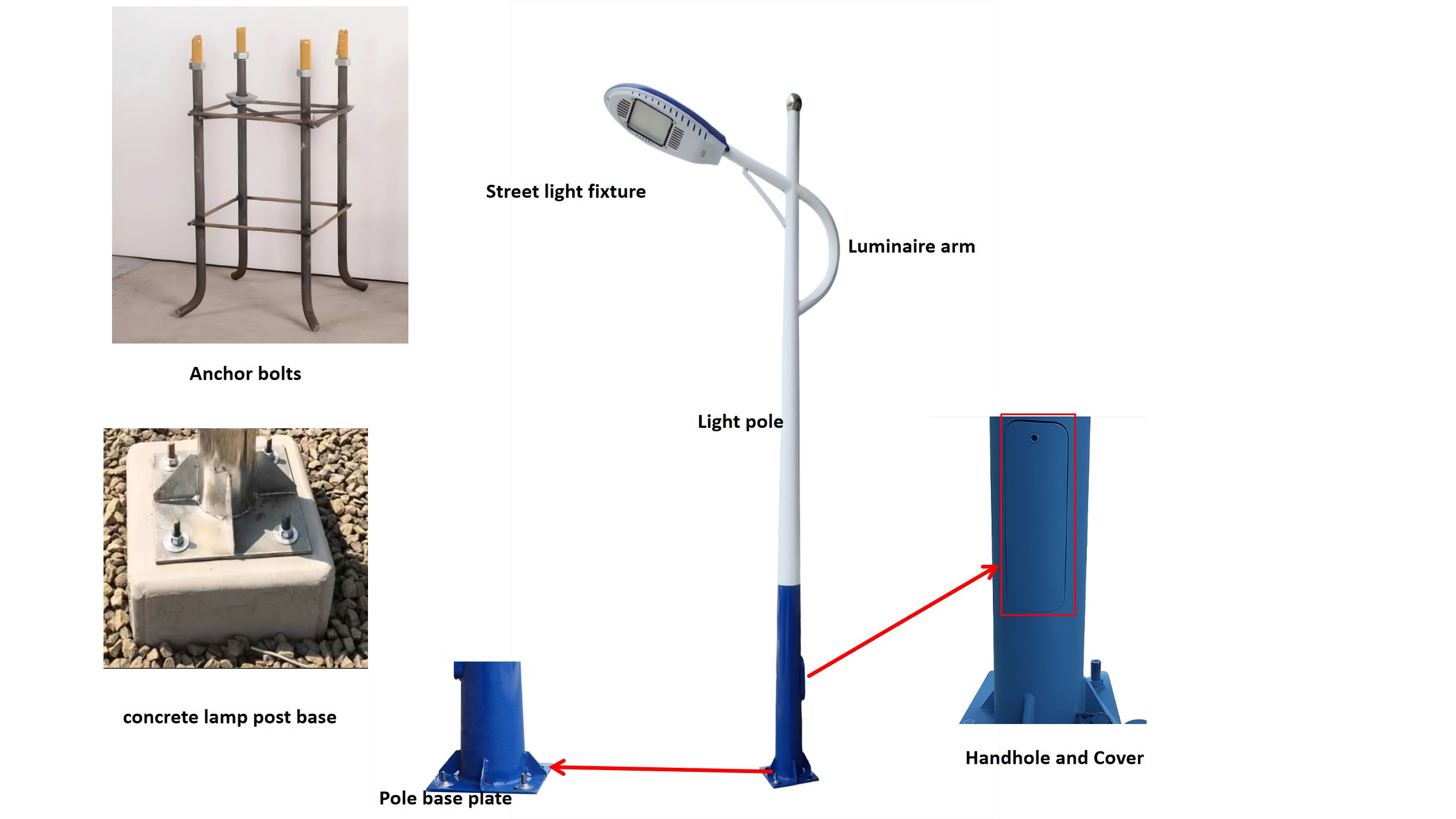
Types of led light poles and Their Purpose
Different types of light poles serve various needs depending on their use. Street light poles are used on highways, city streets, and residential roads to provide good lighting without too much glare, ensuring safe driving at night. parking lot poles, usually 20 to 30 feet tall, light up large open areas, improving visibility and security while reducing dark spots. sport court light poles, ranging from 40 to 100 feet, are found in stadiums and large outdoor areas, holding powerful floodlights for even, glare-free illumination. decorative light poles, often seen in parks, resorts, or historic areas, focus on style and beauty, enhancing public safety. Finally, solar powered light poles, equipped with solar panels and batteries, are ideal for areas without grid power, offering an eco-friendly and energy-efficient lighting option for remote areas, parks, and rural roads.

Street light pole Materials, Design Factors, and Their Pros & Cons
The choice of material impacts the pole’s durability, maintenance, and cost.
Steel light poles:Steel light poles are strong, cheap, and can be customized, but they can rust unless coated or galvanized.
Aluminum light poles:they are resistant to rust, light, and need less maintenance, but they cost a bit more than steel.
Fiberglass light poles :Fiberglass light poles are light, won’t conduct electricity, and can handle bad weather, but they cost more upfront and can’t be used at very high heights.
Concrete lighting pole :Concrete light poles are very durable, weather-resistant, and great for coastal areas, but they are heavy and hard to transport and install.
Wooden light poles:Wooden light poles look natural and are cheap for decoration, but they need regular maintenance and don t last long.
Key design factors :include wind load rating, proper spacing to avoid dark spots and glare, and choosing between direct burial or anchor-base mounting.
Installation Guide for Light Poles
Proper installation ensures longevity, safety, and performance.
Steps:
Site Assessment: Evaluate soil conditions, wind zones, and lighting requirements.
Foundation Preparation: Concrete footing or anchor bolts set according to pole specifications.
Pole Assembly: Attach arms, fixtures, and wiring.
Erection: Use cranes or lifts to place poles securely.
Wiring & Connections: Ensure proper grounding and electrical connections.
Testing: Check stability, light levels, and operational performance.
LED vs. Solar Street Lighting
LED lights save up to 70% energy, last over 50,000 hours, turn on instantly, and provide better light quality. Traditional lights like HID or HPS cost less upfront but need more maintenance, last shorter, and take longer to warm up. Solar street lights use renewable energy with solar panels, batteries, and charge controllers. They are off-grid, eco-friendly, and reduce electricity costs, making them great for remote areas, parks, and rural roads.
How to Choose the Right Light Pole
When choosing light poles, you first need to look at what the area needs. Think about the type of road, how many cars and people pass by, and how big the area is. Then pick a material that fits the place. For example, steel poles are strong and often used in cities, while aluminum light pole are light and resist rust, making them good for coastal or wet areas. For lighting, LED or solar lights are better because they save energy and need less care. You also need to make sure the poles follow local rules and safety standards, like ASTM, EN, or IES, to keep them safe and reliable. Lastly, think about the total cost, not just the price to buy them, but also the money for care, use, and replacement over time.
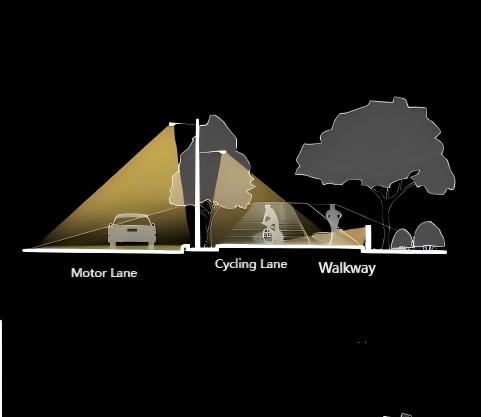
Maintenance and Safety
Regular led street light maintenance means checking for rust, cracks, or loose parts, cleaning the lights for better brightness, and adding safety steps like anti-theft covers, tamper-proof bolts, and grounding checks.
10. International Standards & Certifications
Manufacturers and exporters must know global rules, like CE, RoHS, UL, and ENEC, and follow lighting guides such as EN 13201 in Europe, IES RP-8 in the USA, and GB 50034 in China.
Cost Analysis & ROI
How much does a light pole cost cost depends on the type; LED poles cost more at first but save money on energy and maintenance, so it is important to look at the total cost over 10 C20 years.
how much does a light pole cost
Future Trends in Street Lighting
Smart solar streetlights use IoT, motion sensors, and dimming; 5G poles mix telecom and lighting; sustainable poles use recyclable aluminum and green coatings; and hybrid systems use both wind and solar energy.
FAQs About Light Poles
Q1: How do I calculate the right pole height? A: It depends on road width, lighting requirements, and fixture type. Generally, pole height should be 1.2 times the width of the road.
Q2: How long do LED street lights last? A: High-quality LED fixtures last 50,000 to 100,000 hours, or 10 C20 years depending on usage.
Q3: What is the typical wind load rating for poles? A: Most poles are rated for wind speeds up to 90 C150 mph, but this varies by region.
Q4: What are the benefits of solar street lighting? A: Lower operational costs, reduced carbon footprint, and easy installation in remote areas.
Conclusion
Light poles are an integral part of modern infrastructure, offering safety, efficiency, and aesthetic appeal. With advancements in LED and solar technology, and the rise of smart cities, choosing the right light pole is more critical than ever. Whether you are a contractor, city planner, or lighting manufacturer, understanding materials, installation, and future trends will help ensure the success of your lighting projects.
